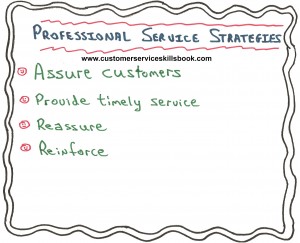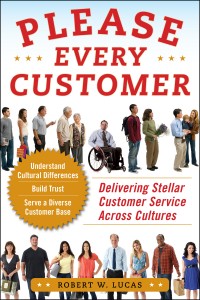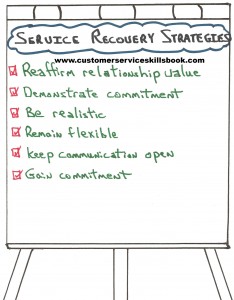Interpersonal Communication Self-Assessment for Customer Service Representatives
In many instances, customer service representatives do not know how they are coming across to their internal and external customers during interactions with them. Often this is because they fail to consciously monitor their verbal and nonverbal communication behaviors. In other cases, they do not ask for feedback on their communication style because they are afraid of what they will hear.
If your goal is to provide the best customer service possible, you must take the time to gather information on your behavior and develop a plan for improvement. Like other life and customer service skills, effective communication must be developed, honed and improved upon regularly.
To find out how people perceive you and the way that you communicate with others, ask friends, relatives or customers whom you know well and trust to give objective feedback by asking them the following questions.
- Do I tend to smile when I speak?
- Do I spontaneously smile and greet people who pass me in the workplace?
- What body cues (nonverbal signals) do I use regularly when I speak?
- How would you categorize my overall presence when I speak (e.g. confident, uncertain, timid, intimidating, assertive, or relaxed) and why do you perceive that?
- What “pet” words or phrases do I use regularly?
- Do I actively listen when others speak? Ask for examples if they tell you “no”.
- When I speak, how does my tone sound (e.g. assertive, attacking, calming, friendly, or persuasive)? Ask respondents to provide examples.
- How do you think I might improve my overall communication style and professional presence when dealing with customers?
- When I am frustrated or irritated how do you know it?
Once you hear their responses, take some time to reflect upon what you learn, decide if their feedback is valid (e.g. did several people tell you the same thing) and then begin working to change any negative behavior that you identified.
About Robert W. Lucas
Bob Lucas has been a trainer, presenter, customer service expert, and adult educator for over four decades. He has written hundreds of articles on training, writing, self-publishing, and workplace learning skills and issues. He is also an award-winning author who has written thirty-seven books on topics such as, writing, relationships, customer service, brain-based learning, and creative training strategies, interpersonal communication, diversity, and supervisory skills. Additionally, he has contributed articles, chapters, and activities to eighteen compilation books. Bob retired from the U.S. Marine Corps in 1991 after twenty-two years of active and reserve service.
Make Money Writing Books: Proven Profit Making Strategies for Authors by Robert W. Lucas at Amazon.com.
The key to successfully making money as an author and/or self-publisher is to brand yourself and your company and to make yourself and your book(s) a household name. Part of this is face-to-face interaction with people at trade shows, library events, book readings, book store signings, blogging or guest blogging on a topic related to their book(s). Another strategy involves writing articles and other materials that show up online and are found when people search for a given topic related to a topic about which the author has written.
If you need help building an author platform, branding yourself and your book(s) or generating recognition for what you do, Make Money Writing Books will help. Bob’s popular book addresses a multitude of ideas and strategies that you can use to help sell more books and create residual and passive income streams. The tips outlined in the book are focused to help authors but apply to virtually any professional trying to increase personal and product recognition and visibility.
In my book Customer Service Skills for Success, I define customer service as “the ability of knowledgeable, capable, and enthusiastic employees to deliver products and services to their internal and external customers in a manner that satisfies identified and unidentified needs and ultimately results in positive word-of-mouth publicity and return business.”








